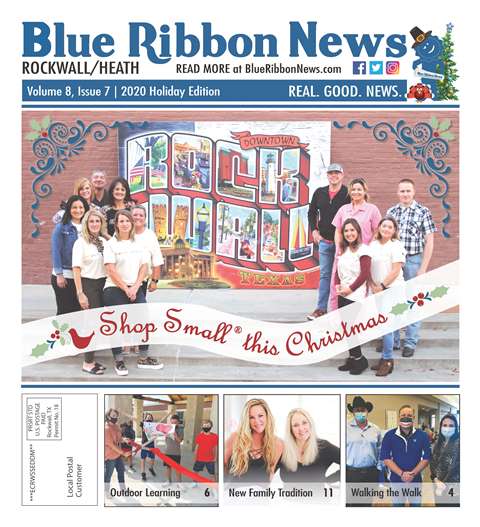AUSTIN – Last winter, White-nose Syndrome (WNS) was detected in bats in 18 counties in central Texas and the disease has continued to spread. The Texas Parks and Wildlife Department (TPWD) is monitoring its progression through the state and is asking for the public’s help to understand how WNS is affecting vulnerable bat populations.
“Last year, we received reports of bats dying or acting strange from around the state,” said Nathan Fuller, a TPWD bat biologist. “Unfortunately, we expect the same thing to happen this winter and we are asking Texans to be on the lookout for distressed bats. Texas is a big state and we can monitor bats much more effectively with more eyes out there looking for bats.”
WNS is a fungal disease that affects hibernating bats during the winter. As the name suggests, WNS presents as a white, fungal growth on the ears, nose and wings of hibernating bats. Researchers believe that the fungus that causes WNS, Pseudogymnoascus destructans, was inadvertently introduced to North America from Europe sometime in the mid-2000s.
Fuller says that winter is a dangerous time for bats as, after hibernating for a few months, bats with WNS start to run out of fat in January or February.
“Once this happens, bats often leave their roosts in search of food or as an attempt to escape the disease and unfortunately, the animals usually don’t survive,” said Fuller. “However, if we know where bats are in the most trouble, we can enact measures to protect the survivors and give them a chance to recover.”
The pathogen that causes WNS is thought to be spread by bats through contact with other bats or contact with contaminated surfaces. The fungus grows optimally in low temperatures and as a result, remains in bat hibernation sites long after they have left their roosts in the spring.
Since the first observation of WNS in upstate New York in 2006, the disease has spread throughout North America. Wildlife experts believe that millions of bats have succumbed to the disease. The actual number is unknown because of the difficulties associated with monitoring bat populations. The disease is not a risk to humans.
Bats are a critical part of the Texas ecosystem, with more than 30 species of bats calling the state home.
“Bats provide billions of dollars in pest control services by eating insects that damage crops,” Fuller said. “Without bats, food costs could increase. They are also sensitive to environmental contaminants and other damage and so they can act as indicators of ecosystem health and function.”
TPWD is asking the public to send reports of dead bats that are found to wns@tpwd.texas.gov. Those sending a report are asked to include a general location and, if possible, a photograph. Biologists say that people should not handle live bats or bat carcasses with bare hands.
Learn more about WNS on the TPWD YouTube Channel.
Submitted press release.
 Our print edition is delivered free to ~15,500 homes in Rockwall and Heath, TX.
Our print edition is delivered free to ~15,500 homes in Rockwall and Heath, TX.
To share your good news and events, email editor@BlueRibbonNews.com.
Subscribe to our email newsletter here.
Advertising: 214-342-8000 or advertising@BlueRibbonNews.com.






